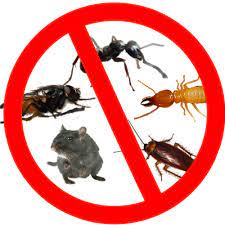
As urbanization continues to encroach upon natural habitats, the interactions between humans and wildlife become more frequent and complex. Wildlife removal in urban environments presents unique challenges that require careful consideration and innovative solutions to ensure the well-being of both people and animals.In urban areas, certain wildlife species, like raccoons, squirrels, and pigeons, have adapted to thrive alongside humans. While this adaptability showcases the resilience of these animals, it can also lead to conflicts when they intrude into human spaces. Wildlife removal in urban settings requires a balance between preserving biodiversity and protecting human property and safety.One approach to urban wildlife removal is habitat modification. By limiting access to food sources and creating deterrents like secure garbage containers, humans can discourage wildlife from frequenting residential areas. In addition, professionals can implement exclusion techniques that prevent animals from entering buildings without causing them harm.Public education is another essential aspect of urban wildlife management. Many conflicts arise due to unintentional feeding by humans. Educating communities about the importance of not feeding wildlife and the potential consequences of doing so can significantly reduce encounters and conflicts.In summary, managing human-wildlife interactions in urban environments demands a multifaceted approach that considers the adaptability of wildlife, the modification of habitats, and public awareness. By finding ways for humans and wildlife to coexist peacefully, we can ensure the sustainability and diversity of our urban ecosystems.
Please visit https://www.bajawildlifecontrol.com/ for more information.